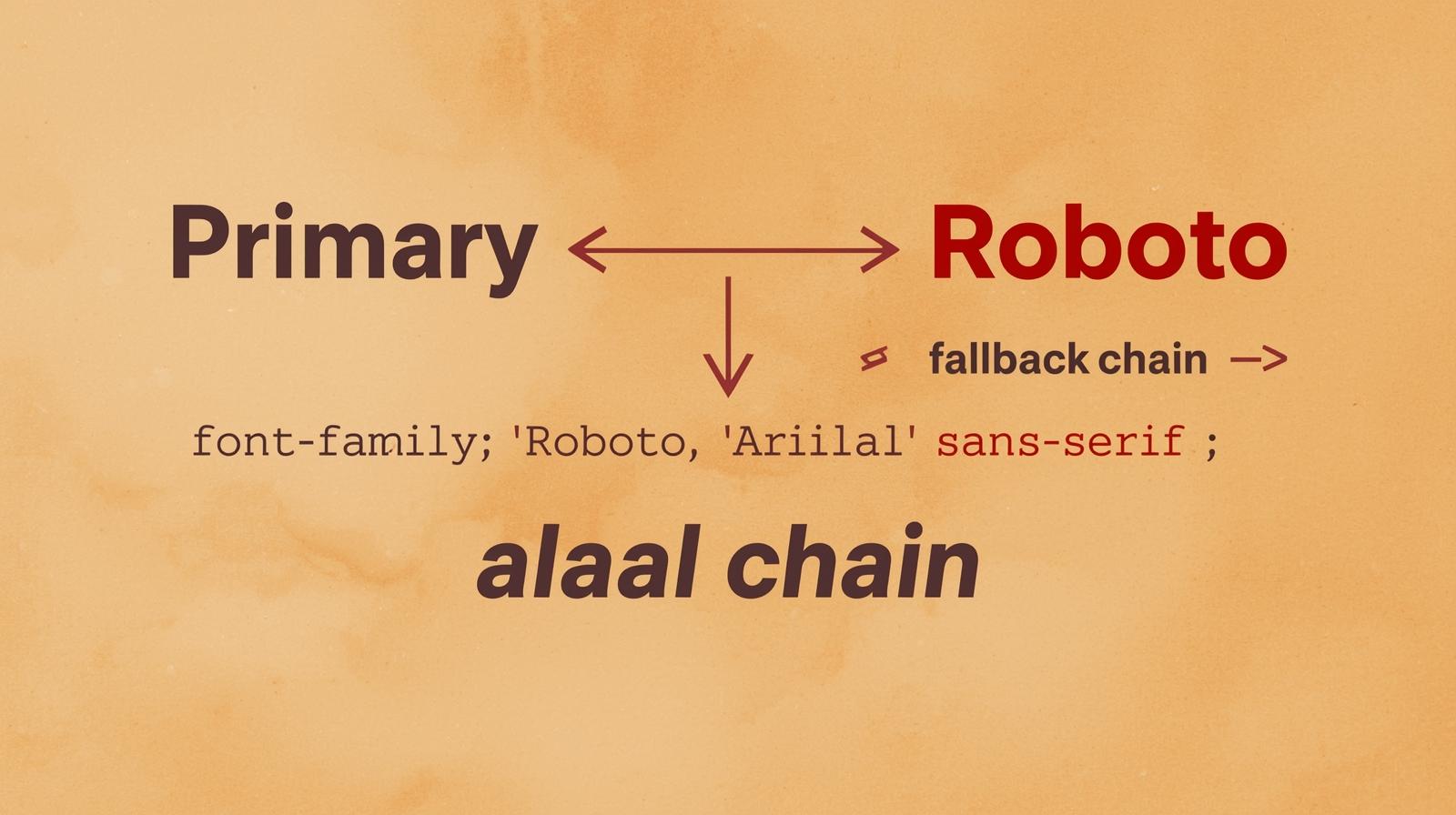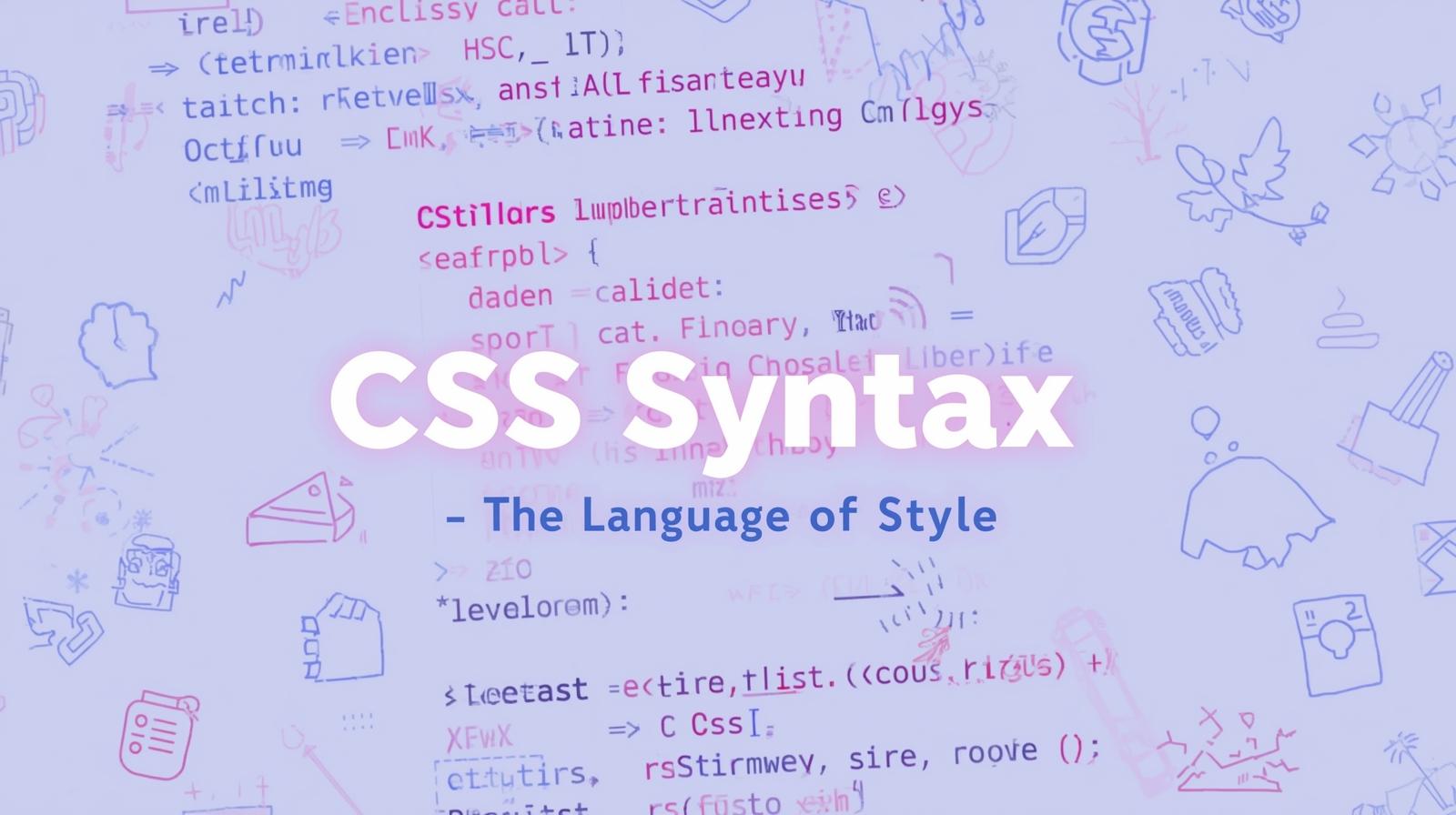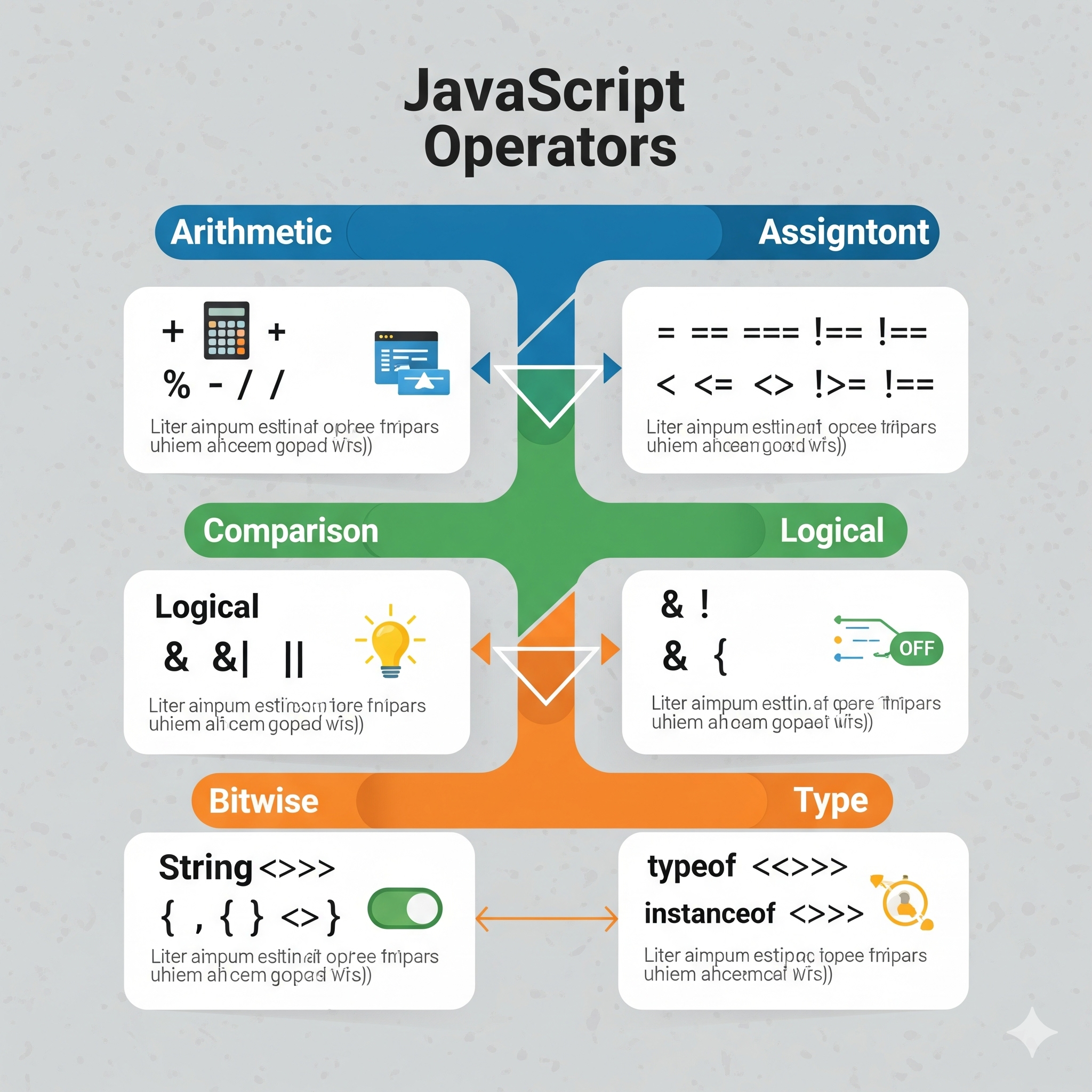JavaScript ES6 Features: A Comprehensive Guide

Explore the powerful features introduced in JavaScript ES6, including let & const, arrow functions, template literals, destructuring, and more.

JavaScript ES6 Features: A Comprehensive Guide
JavaScript ES6 (ECMAScript 2015) introduced a wide range of features that made JavaScript more powerful, readable, and efficient. In this guide, we will explore the most important ES6 features with examples.
1. let & const: Block-scoped Variables
Before ES6, var was the only way to declare variables, but it had functional scope issues. ES6 introduced let and const to solve this problem.
let name = "John";
const age = 25;
name = "Doe"; // Allowed
age = 30; // Error: Assignment to constant variableletallows reassignment but has block scope.constis used for constants and cannot be reassigned.
2. Arrow Functions: Shorter Syntax for Functions
Arrow functions provide a concise way to write functions.
const add = (a, b) => a + b;
console.log(add(5, 3)); // 83. Template Literals: Easier String Formatting
Template literals (``) allow embedding expressions inside strings.
const name = "Alice";
console.log(`Hello, ${name}!`); // Hello, Alice!Supports multi-line strings.
Allows embedding variables and expressions.
4. Destructuring Assignment: Extracting Values Easily
Destructuring makes it easy to extract values from arrays and objects.
// Array destructuring
const [a, b] = [10, 20];
console.log(a, b); // 10, 20
// Object destructuring
const person = { name: "John", age: 30 };
const { name, age } = person;
console.log(name, age); // John, 305. Default Parameters: Setting Function Defaults
Default parameters allow setting default values for function parameters.
function greet(name = "Guest") {
console.log(`Hello, ${name}!`);
}
greet(); // Hello, Guest!
greet("Alice"); // Hello, Alice!6. Rest & Spread Operators: Handling Multiple Values
Spread (
...) is used to expand arrays/objects.Rest (
...) is used to group multiple values into an array.
// Spread Example
const arr1 = [1, 2, 3];
const arr2 = [...arr1, 4, 5];
console.log(arr2); // [1, 2, 3, 4, 5]
// Rest Example
function sum(...numbers) {
return numbers.reduce((total, num) => total + num, 0);
}
console.log(sum(1, 2, 3, 4)); // 107. Promises: Better Handling of Asynchronous Code
Promises provide a cleaner way to handle asynchronous operations.
const fetchData = () => {
return new Promise((resolve, reject) => {
setTimeout(() => resolve("Data received!"), 2000);
});
};
fetchData().then(data => console.log(data)); // Data received! (after 2 seconds)8. Classes: Object-Oriented Programming in JavaScript
Classes make JavaScript more structured and easy to use for OOP.
class Person {
constructor(name, age) {
this.name = name;
this.age = age;
}
greet() {
console.log(`Hello, my name is ${this.name}`);
}
}
const john = new Person("John", 30);
john.greet(); // Hello, my name is John9. Modules: Import & Export
ES6 introduced module support, allowing you to split code into multiple files.
// file: math.js
export const add = (a, b) => a + b;
export const subtract = (a, b) => a - b;
// file: main.js
import { add, subtract } from "./math.js";
console.log(add(5, 3)); // 810. Enhanced Object Literals
ES6 allows shorthand syntax for defining object properties and methods.
const name = "Alice";
const age = 25;
const person = { name, age, greet() { console.log("Hello!"); } };
person.greet(); // Hello!Conclusion
ES6 introduced many powerful features that make JavaScript development more efficient, readable, and maintainable. By leveraging these features, developers can write cleaner and more modern JavaScript code.
Want to learn more JavaScript tricks? Follow Codercrafter for more updates! 🚀









